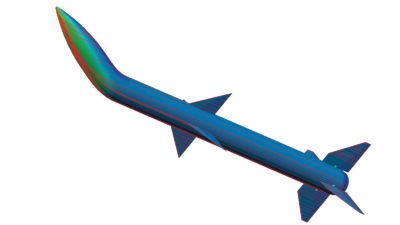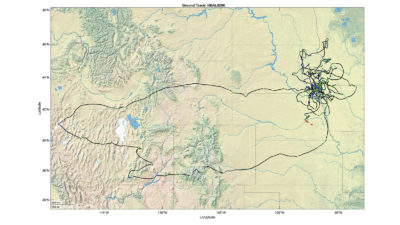Preparations for space settlements continued, despite a challenging year
By Bryce L. Meyer|December 2020
The Space Colonization Technical Committee promotes the development of advanced concepts, science and technology to enable and enhance permanent human presence in space.
NASA sent the Mars Oxygen In-Situ Resource Utilization Experiment, or MOXIE, to Mars aboard the Perseverance rover in July. MOXIE will attempt to harvest oxygen from the Mars atmosphere, supporting future settlements until plants in settlers’ gardens can recycle the air they use. The oxygen also could be used as propellant for spacecraft or Martian aircraft. Though MOXIE is the mass and size of a car battery, it can produce 10 grams of oxygen per hour when running, or about 1.1% of a human’s breathing requirement.
SpaceX sent two NASA astronauts to the International Space Station in a Crew Dragon spacecraft in May on the Demo-2 mission, beginning the commercial ability to sell seats to orbit and clearing the way for the Crew-1 mission that was launched in November. Demo-2 boosted hopes for an orbital economic ecosystem that could enable space hotels such as those planned by Axiom, Bigelow and others. Early hotels in plans would be more like base camps in space, where tourists would have simple sleeping sacks and a few compartments for privacy.
These first steps could lead to setting up a space economy in which such designs become lodging for space factory builders and operators. The Axiom and Bigelow designs require meals to be shipped from Earth with visitors, which is possible because of Crew Dragon’s multiton cargo capacity. Chefs on Earth would make the food, which staff would warm up and serve in orbit. Eventually, hotels would include small gardens for some fresh food and that could recycle the air and water.
In April, NASA announced several technology investments, including three lunar landers from private companies: Blue Origin’s Integrated Lander Vehicle, Dynetics’ Human Landing System and SpaceX’s Starship. These landers would put humans on the moon, and all three designs are made for long-term use to act as outposts and support the construction and support of permanent bases.
In September, NASA announced pricing for delivery of lunar regolith. The pricing of dirt sounds innocuous, but such efforts set funding profiles that allow capital investment in companies by allowing revenue projection. In particular, NASA will pay for the regolith transferred to NASA, which means a miner would have to collect the mass on the moon and bring it intact to a NASA location to get paid.
Such funding promotes the development of spacecraft that can land and operate on the moon but also grab material, launch it from the moon, reenter Earth’s atmosphere and land. The mining role would likely feature at least some autonomy due to the seconds of communications latency to control robots on the moon from Earth. The mining robots would have to survive the lunar environment long enough to make the mission profitable. Further, the delivery of the vehicle and return of the dirt would have to be cost-efficient, encouraging reusable or low-cost disposable craft. This element of a space-based economic web could lead to long-term settlement of the moon.
Space X’s Starship prototypes completed several hop tests, which could lead to the 2024 Starship variants such as the lunar lander. The economy of scale offered by the giant Starship vehicle if SpaceX is successful would make it easier for more people to go to space, including to the moon and maybe Mars, in a far more cost effective way. The large ship would allow larger construction projects in orbit and larger supply lifts to settlements in orbit and beyond. These early hop tests show the “fail early and often” best engineering practice that reduces risk early in development, before design changes become more costly.



































